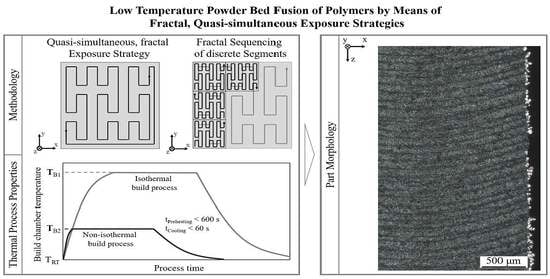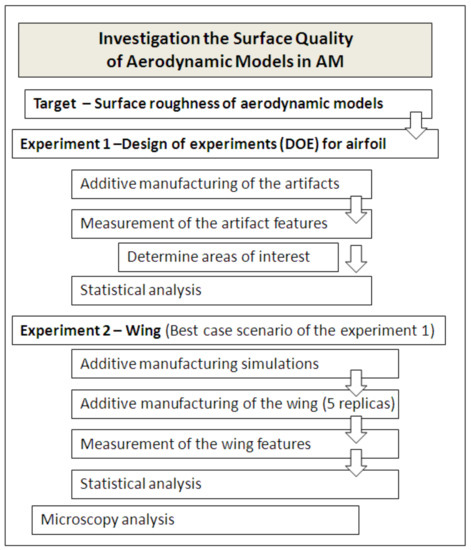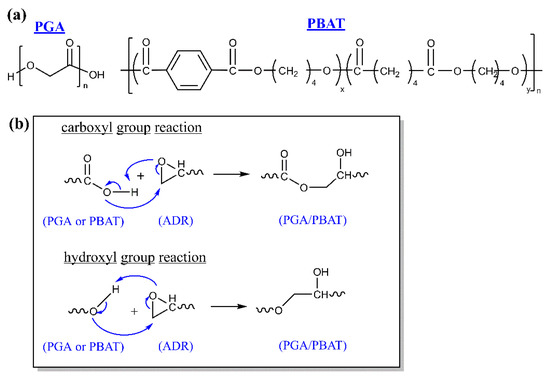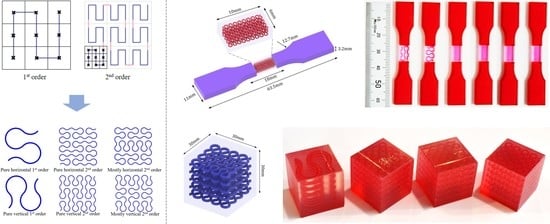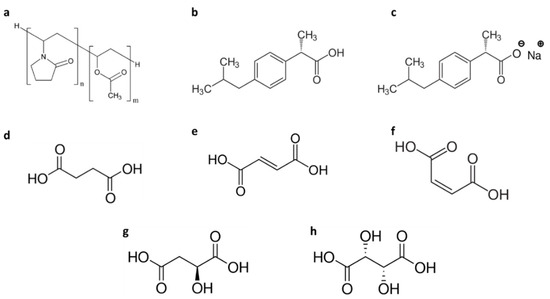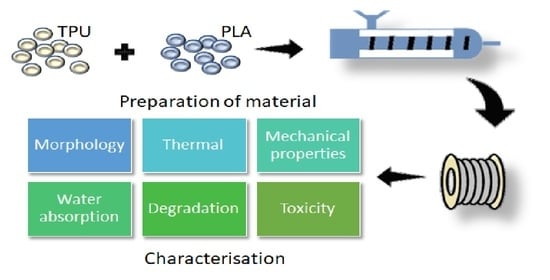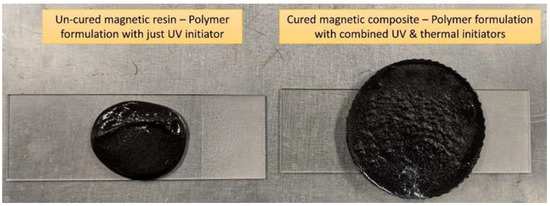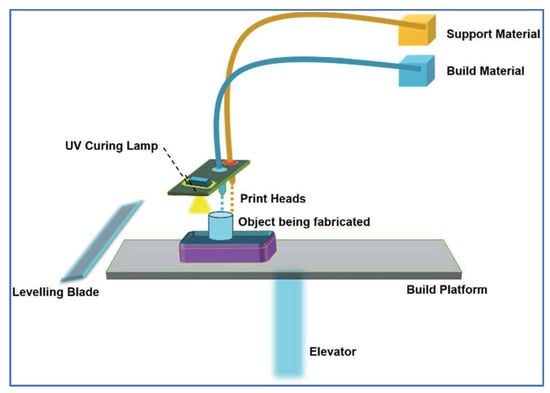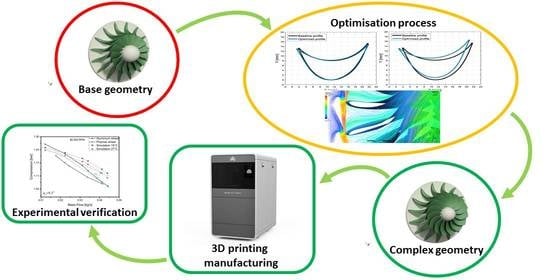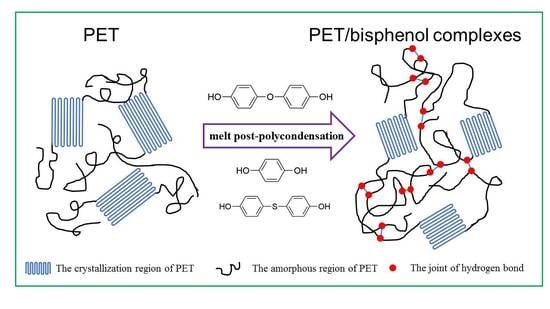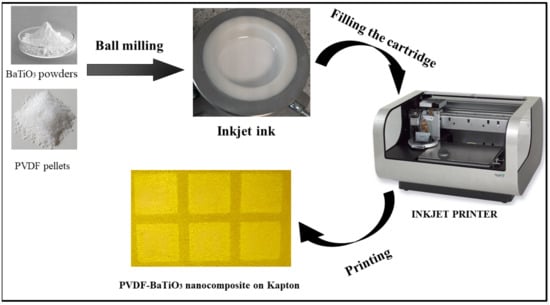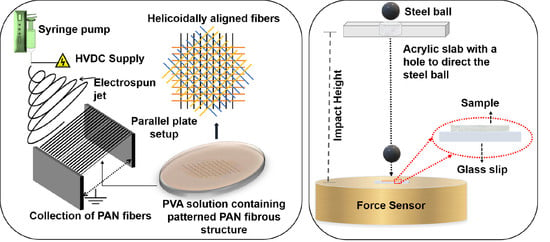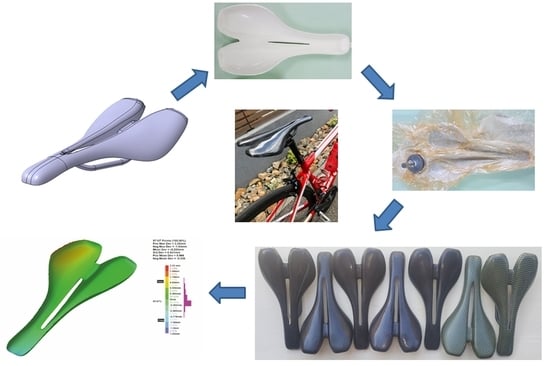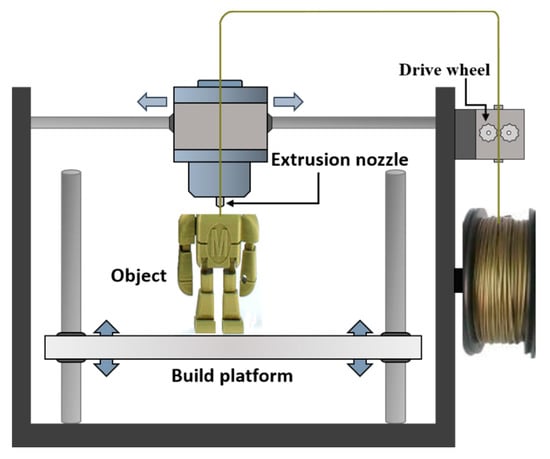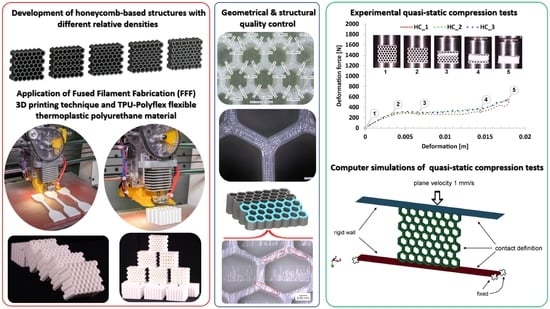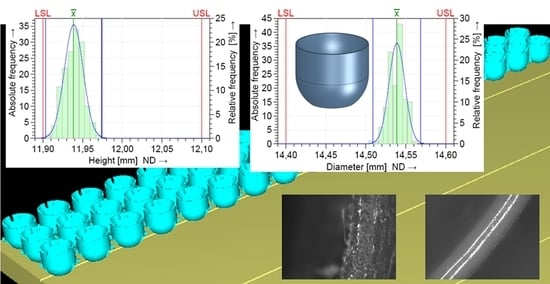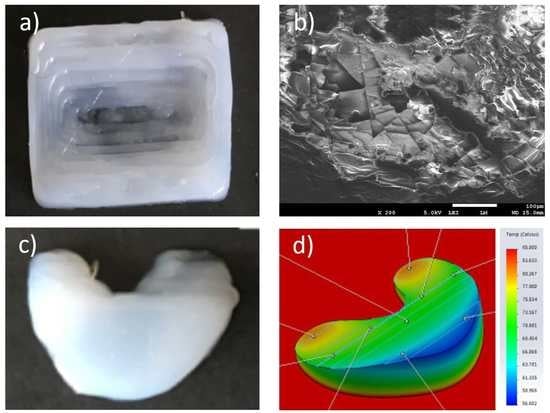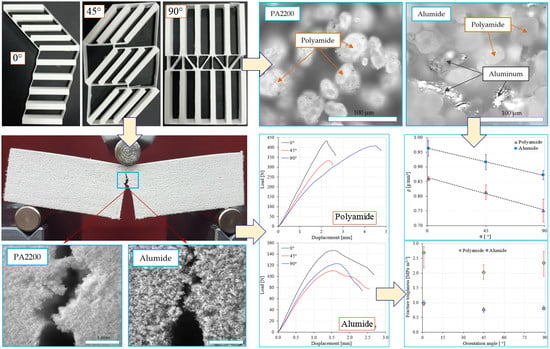Advanced Manufacturing for Polymers (Closed)
A topical collection in Polymers (ISSN 2073-4360). This collection belongs to the section "Polymer Processing and Engineering".
Viewed by 1714Editor
Interests: laser–materials interactions; laser-based advanced manufacturing; powder bed fusion; additive manufacturing; 3D printing
Special Issues, Collections and Topics in MDPI journals
Topical Collection Information
Dear Colleagues,
Advanced manufacturing is a key driver for Industry 4.0. Among all the advanced manufacturing techniques, additive manufacturing (AM) methods have grown and evolved rapidly in recent years. Within these developments, AM for polymers and polymer matrix composites is an exciting field and has great potential in transformative and translational research in many fields, such as biomedical, aerospace, and even electronics.
In this collection, state-of-the-art reviews and current research results, which focus on the process–structure–properties relationships in polymer AM, will be reported. This includes, but is not limited to, assessing the effect of process parameters, post-processing, and characterization techniques. Submissions related to novel applications, designs, processes, characterization methods or integration of other drivers for Industry 4.0 (e.g., artificial intelligence, robotics, etc.) with polymer AM are also welcomed.
Contributions focused on any of the following topics are of particular interest:
- Materials, processes and machines;
- Process monitoring, modeling, and control;
- Design for AM;
- Development of novel polymers or soft materials for AM;
- Artificial intelligence or data analytics applied on polymers AM;
- New applications of polymers AM in the industries.
Dr. Swee Leong Sing
Collection Editor
Manuscript Submission Information
Manuscripts should be submitted online at www.mdpi.com by registering and logging in to this website. Once you are registered, click here to go to the submission form. Manuscripts can be submitted until the deadline. All submissions that pass pre-check are peer-reviewed. Accepted papers will be published continuously in the journal (as soon as accepted) and will be listed together on the collection website. Research articles, review articles as well as short communications are invited. For planned papers, a title and short abstract (about 100 words) can be sent to the Editorial Office for announcement on this website.
Submitted manuscripts should not have been published previously, nor be under consideration for publication elsewhere (except conference proceedings papers). All manuscripts are thoroughly refereed through a single-blind peer-review process. A guide for authors and other relevant information for submission of manuscripts is available on the Instructions for Authors page. Polymers is an international peer-reviewed open access semimonthly journal published by MDPI.
Please visit the Instructions for Authors page before submitting a manuscript. The Article Processing Charge (APC) for publication in this open access journal is 2700 CHF (Swiss Francs). Submitted papers should be well formatted and use good English. Authors may use MDPI's English editing service prior to publication or during author revisions.
Keywords
- additive manufacturing
- 3D printing
- artificial intelligence
- data analytics
- machine learning
- polymers
- mechanical properties
- microstructure analysis
Related Special Issues
- Process–Structure–Properties in Polymer Additive Manufacturing in Polymers (12 articles - displayed below)
- Process–Structure–Properties in Polymer Additive Manufacturing II in Polymers (11 articles - displayed below)







